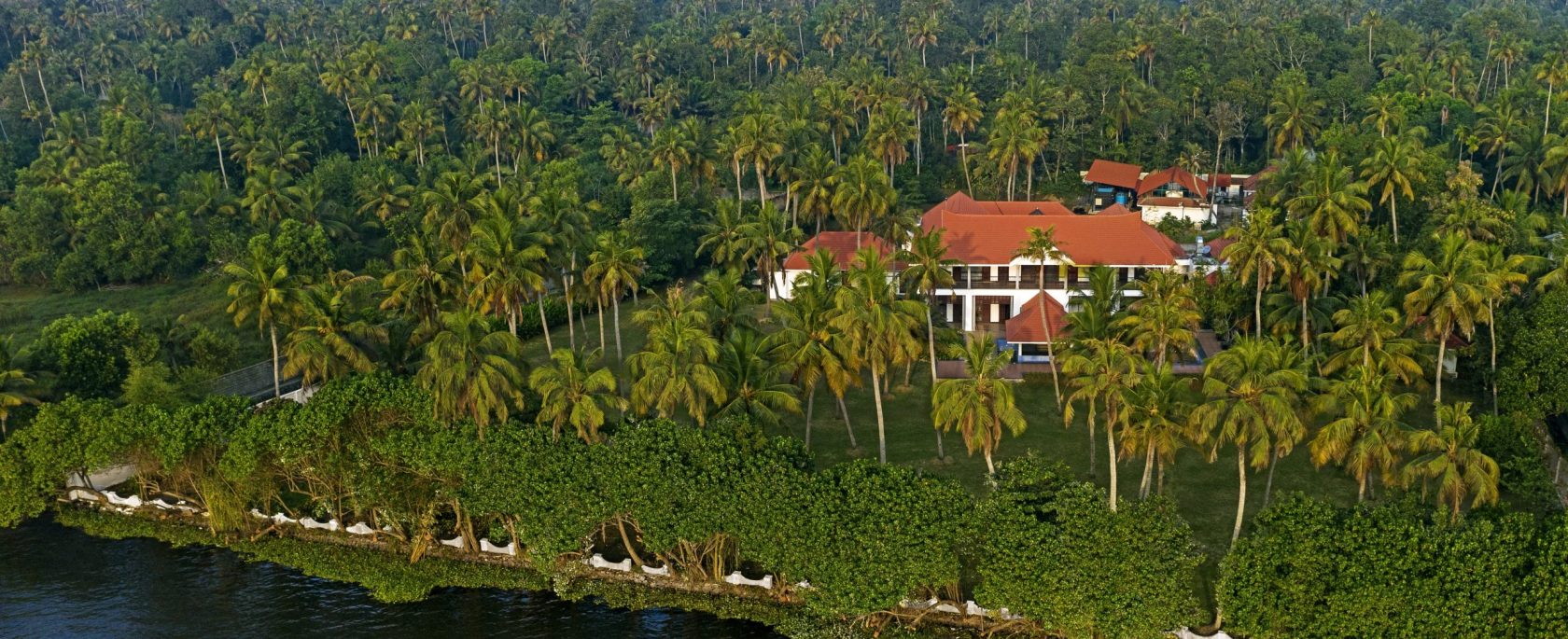From lush landscapes to vibrant local economies, the fourth edition of Tamara Perspectives is here to inspire. This time, Shruti Shibulal, CEO and Director of Tamara Leisure Experiences, engages with Mini Krishnan Neelakantan, Head of Architectural Design, to unravel the profound interplay between architecture, sustainability, and community upliftment. Dive into the dynamic conversation that’s shaping a new era of hospitality and design.
Sustainability Starts at the Blueprint Stage
“Sustainability isn’t an add-on; it must evolve from day one.”- MiniSustainable design must be embedded in the DNA of a project. At Tamara, this philosophy is reflected from the initial design brief, shaping decisions around material selection,construction methods, and environmental integration.Why does this matter? Starting sustainability measures early avoids unnecessary costs and complexity. This proactive approach ensures Tamara’s properties are efficient, eco-friendly, and cost-effective.
Embracing Local: Materials, Artisans, and Authenticity
One of the most inspiring aspects of Tamara’s approach is its commitment to local resources. Mini shared how their waterfront project in Muhamma, Kerala, exemplifies this philosophy. Using materials like bamboo and laterite, they created structures that harmonise with the region’s natural and cultural identity.
Instead of importing bamboo structures from Bali, Tamara engaged local artisans to craft the design. “The results were promising,” Mini shared, adding that their craftsmanship even impressed international collaborators. This approach not only reduces the environmental impact but also uplifts regional economies.
Instead of importing bamboo structures from Bali, Tamara engaged local artisans to craft the design. “The results were promising,” Mini shared, adding that their craftsmanship even impressed international collaborators. This approach not only reduces the environmental impact but also uplifts regional economies.
Designing with Nature in Mind
For Tamara, landscape design isn’t an afterthought—it’s an integral part of the property’s character. In Muhamma, saline-resistant plants were chosen to endure the challenges posed by water from the Vembanad Lake.
Shruti highlighted the importance of landscaping, saying, “It becomes a character of its own.” By prioritising resilient, native plants, Tamara ensures their landscapes thrive naturally while complementing the surrounding environme.
Hospitality’s Role in Sustainability
Hotels are uniquely positioned to drive sustainable practices. Shruti noted that, unlike offices, hotels experience a rotating mix of guests. “The design and efficiency of the building are experienced by so many people,” she explained. This amplifies the impact of sustainable initiatives.
Mini agreed, emphasising, “Hotels play a major role in the building industry. If they follow sustainable practices, they can influence a significant portion of the construction sector.”
Shruti highlighted the importance of landscaping, saying, “It becomes a character of its own.” By prioritising resilient, native plants, Tamara ensures their landscapes thrive naturally while complementing the surrounding environme.
Hospitality’s Role in Sustainability
Hotels are uniquely positioned to drive sustainable practices. Shruti noted that, unlike offices, hotels experience a rotating mix of guests. “The design and efficiency of the building are experienced by so many people,” she explained. This amplifies the impact of sustainable initiatives.
Mini agreed, emphasising, “Hotels play a major role in the building industry. If they follow sustainable practices, they can influence a significant portion of the construction sector.”
Looking to the Future: Setting Sustainability Standards
As Tamara grows, we are formalising sustainability practices into brand standards to ensure consistency and excellence across all projects. Shruti and Mini shared their excitement about innovative projects, such as environmentally sustainable boats powered by batteries—a pioneering step in green design.
“Sustainability stems from a mindset, not just a practice.” – ShrutiThis philosophy underpins Tamara’s mission to create spaces that are not only beautiful but also responsible.
Key Takeaways:
- Start Early: Integrate eco-friendly practices into the project’s DNA from the outset.
- Leverage Local Talent: Engage regional artisans and materials to create authentic and sustainable designs.
- Prioritise Landscaping: Tailor landscapes to local conditions for long-term resilience and beauty.
- Hospitality’s Influence: Hotels can lead sustainable efforts due to their wide-reaching impact.
- Support Communities: Involving local communities and artisans fosters both economic growth and cultural preservation.
